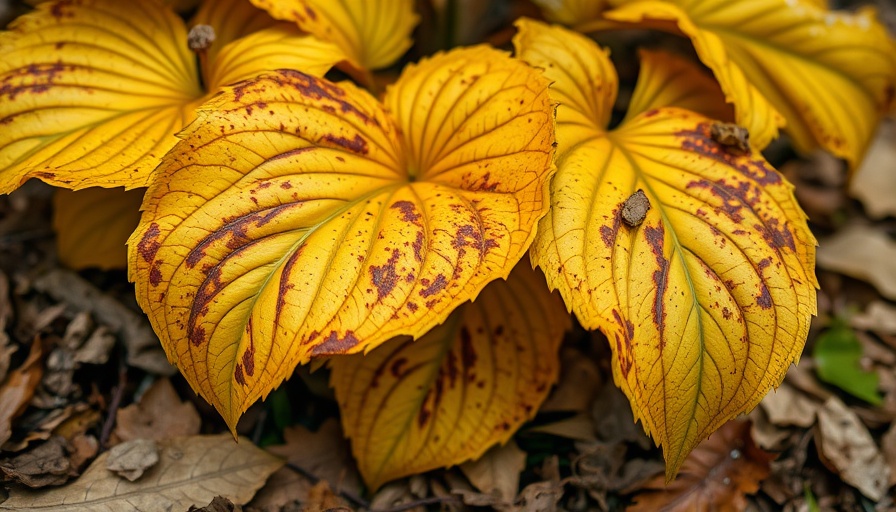
Understanding Common Hosta Diseases: A Gardener's Guide
Hostas are beloved throughout gardens for their lush foliage and vibrant colors, providing a welcoming touch to shady spots. Despite their general reputation for being hardy and low-maintenance, hostas are not entirely impervious to diseases. As plant lovers, we strive not only to grow healthy, beautiful plants but also to understand and mitigate any potential issues that arise. This guide will help you identify and manage the seven common diseases that can afflict your hostas, transforming the daunting task of diagnosis into a manageable process.
The Importance of Healthy Hostas
Hostas, with their broad leaves and diverse array of colors, are a staple in many gardens. They offer excellent ground cover and help stabilize soil, enhancing both aesthetics and functionality. However, stress from the environment, such as excess heat or insufficient sunlight, can make hostas more vulnerable to diseases. Understanding the nuances of hosta care is essential, so let’s first identify the diseases that might impact your plants.
Identifying Common Hosta Diseases
Let's delve into each common disease, detailing their symptoms and management strategies:
- 1. Anthracnose: This fungal disease results in dark spots on leaves, often leading to leaf drop. It’s vital to trim affected areas and apply a copper fungicide weekly for effective management.
- 2. Bacterial Soft Rot: This disease is characterized by mushy, water-soaked areas on leaves that can lead to decay. Preventive care, including good drainage and sanitation, is key to avoiding this.
- 3. Cercospora Leaf Spot: Look for small, dark spots on the leaves that may spread and cause premature leaf drop. Remove infected foliage and improve air circulation to help manage this issue.
- 4. Fusarium Rot: Mostly affecting roots and crowns, this disease can be tough to spot early. Symptoms include wilting and yellowing leaves. Ensure good moisture management to prevent root stress.
- 5. Petiole Rot: A softer decay at the base of the leaves, this problem is often related to overwatering. Be mindful of your irrigation practices.
- 6. Phytophthora Foliage Blight: This is a waterborne disease that thrives in wet conditions. Ensure proper drainage and allow the soil to dry between waterings.
- 7. Viruses: Often appearing as streaks or mottling on leaves, viral infections can be tricky. Quarantining infected plants and practicing good hygiene can help prevent spreading.
Taking Preventive Measures
Understanding plant care principles is crucial for any gardener. Stress factors like drought or overexposure to sunlight can predispose your hostas to diseases. By ensuring optimal growing conditions—like adequate moisture, proper drainage, and shade—you not only support healthy growth but also decrease the likelihood of disease.
Recognizing Pests vs. Diseases
It's important to differentiate pests from diseases. Pests like voles can cause similar wilting symptoms by damaging roots but may not require the same treatment approach. Regular checks on your plants can help you identify issues before they escalate.
The Role of Garden Maintenance
Embracing proper garden maintenance practices is fundamental. Maintaining well-aerated soil, employing organic pesticides, and ensuring adequate sunlight and water can significantly reduce the probability of hosta diseases. Integrating techniques such as composting enhances soil health and plant resilience, promoting a vibrant garden space.
Your Gardening Journey Awaits
As a gardener, understanding the common diseases that can afflict your plants empowers you to take proactive steps in plant care. Don’t let diseases diminish your gardening joy! With the right knowledge and resources, you can nurture flourishing hostas and enjoy their beauty outside your home. Embrace the gardening adventure, and transform your outdoor space into a sanctuary of health and beauty!
 Add Row
Add Row  Add
Add 




Write A Comment